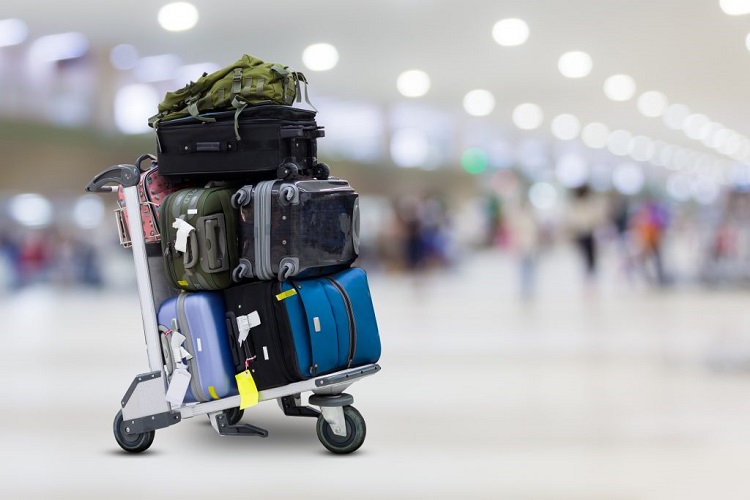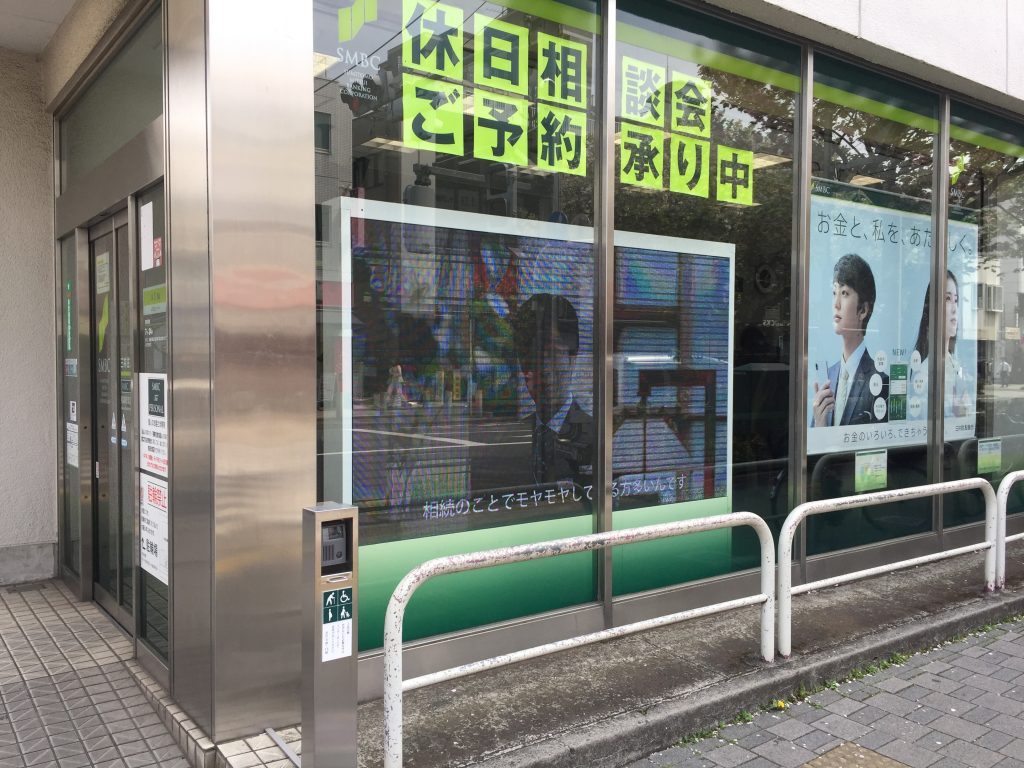+81-3-5990-5540
Message usJapan Blog
Aug 15, 2024
Guide to Living in Japan: Essential Items to Have

Are you planning to live, study, or work in Japan? For daily life in Japan, we recommend essential items that will be helpful whether you are a student, working professional, tourist, or staying for a short period. While almost everything can be bought in Japan, it might be wise to purchase some items in your home country, especially if you need them soon after arriving or don’t want to spend time searching for them in Japan. Besides daily necessities, we also suggest some smartphone apps that many non-Japanese residents find useful.
Essential Items to have or to bring to Japan
Slip-on comfortable shoes or sneakers
In many countries, wearing shoes indoors like in restaurants and bars is common, but in Japan, whether you’re visiting briefly or living there, you’ll need to remove your shoes before entering most buildings. Traditional Japanese buildings, such as onsen resorts, ryokan, temples, castles, and homes, have a lower entryway called a genkan where shoes are taken off and slippers may be worn. This custom extends to modern settings with tatami matting, and even some restaurants and izakayas. All types of accommodations in Japan, from hotels to apartments and houses, feature a genkan, so it’s wise to have easily removable, lace-free footwear from the outset.
Easy-access card case
In Japan, IC Cards provide convenient access to virtually every transportation system, including trains, trams, and buses, as well as vending machines and coin lockers. Trains are the main mode of transport between regions and within cities, with fares calculated by distance intervals. IC Cards allow for quick fare calculation with a simple tap on and off, making them the most convenient payment method for daily travel. To keep your IC Card easily accessible and secure, consider using a card case designed for quick retrieval and tapping, minimizing the risk of loss or interference from other cards.Appropriate clothing for the weather
In Japan, the diverse geography and year-round four seasons—from hot, humid summers to cold winters and rainy springs—make it essential to have versatile clothing. Key items include a raincoat, water-resistant backpack, waterproof shoes, medium-thick scarf, lightweight sweaters, and thermal undergarments. Layering is crucial for adjusting to the varied daily conditions.Cash & Credit card
Despite Japan’s reputation as a high-tech society with high-speed trains, neon signs, customer service robots, and automated parking systems, it remains primarily cash-based. It’s essential to have cash on hand when you arrive and know where to withdraw more using your international credit or debit card, as cash is widely used. Fortunately, theft in Japan is rare, and lost wallets with cash are often returned intact to nearby koban (small police stations) by honest individuals.Adaptor and portable battery
When traveling to Japan, it’s essential to have a power adapter to use electrical outlets, which are similar to those in the US and Canada but without the third ground prong. To minimize adapters needed, consider bringing a power bar or surge protector from your home country along with at least one adapter. Japan’s standard voltage is 100V, lower than in many other countries, so your electronics are less likely to be damaged, though they may operate or charge more slowly.
WiFi availability in cafes and establishments is less common compared to other countries, and outlets can be scarce. Given the reliance on smartphones for navigation, translation, and creating hotspots, it’s wise to invest in a portable battery or power bank either before traveling to Japan or upon arrival.
.







